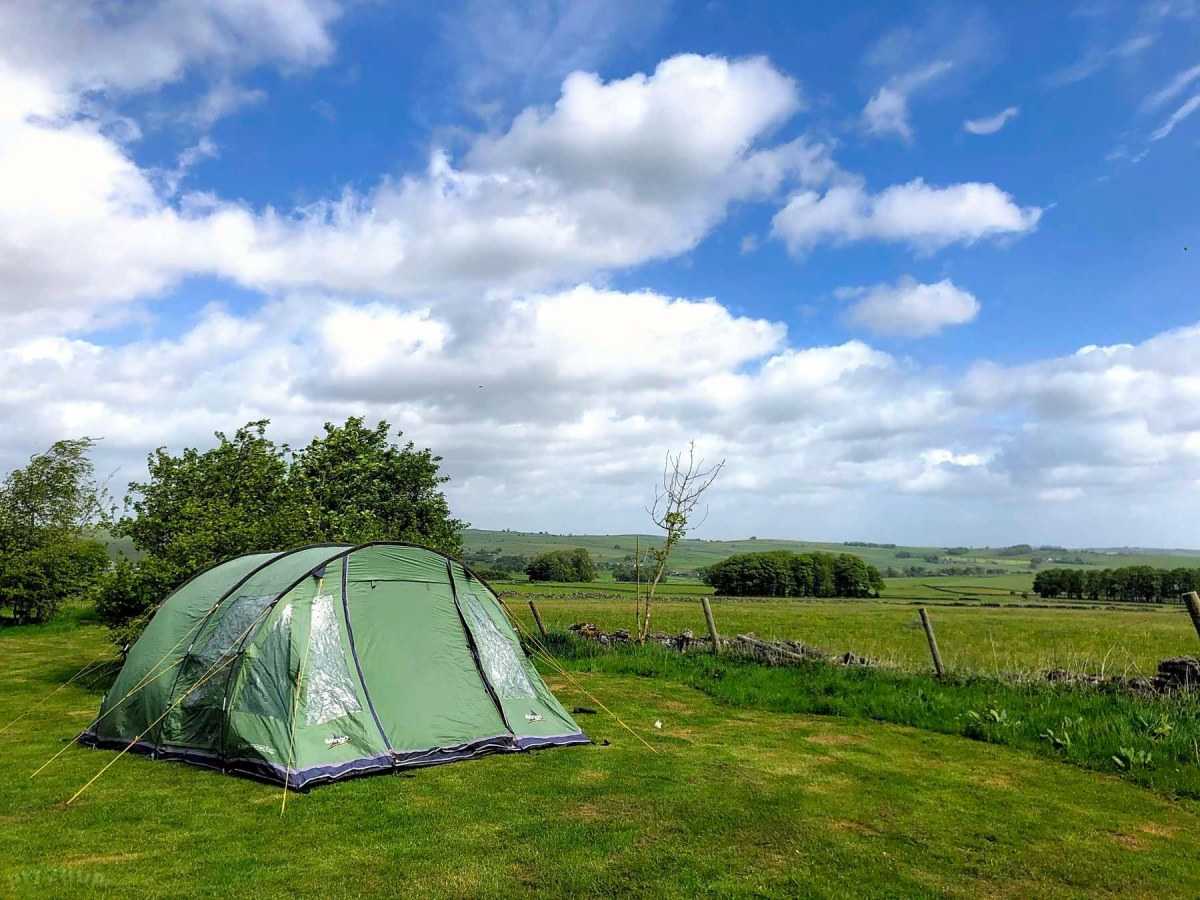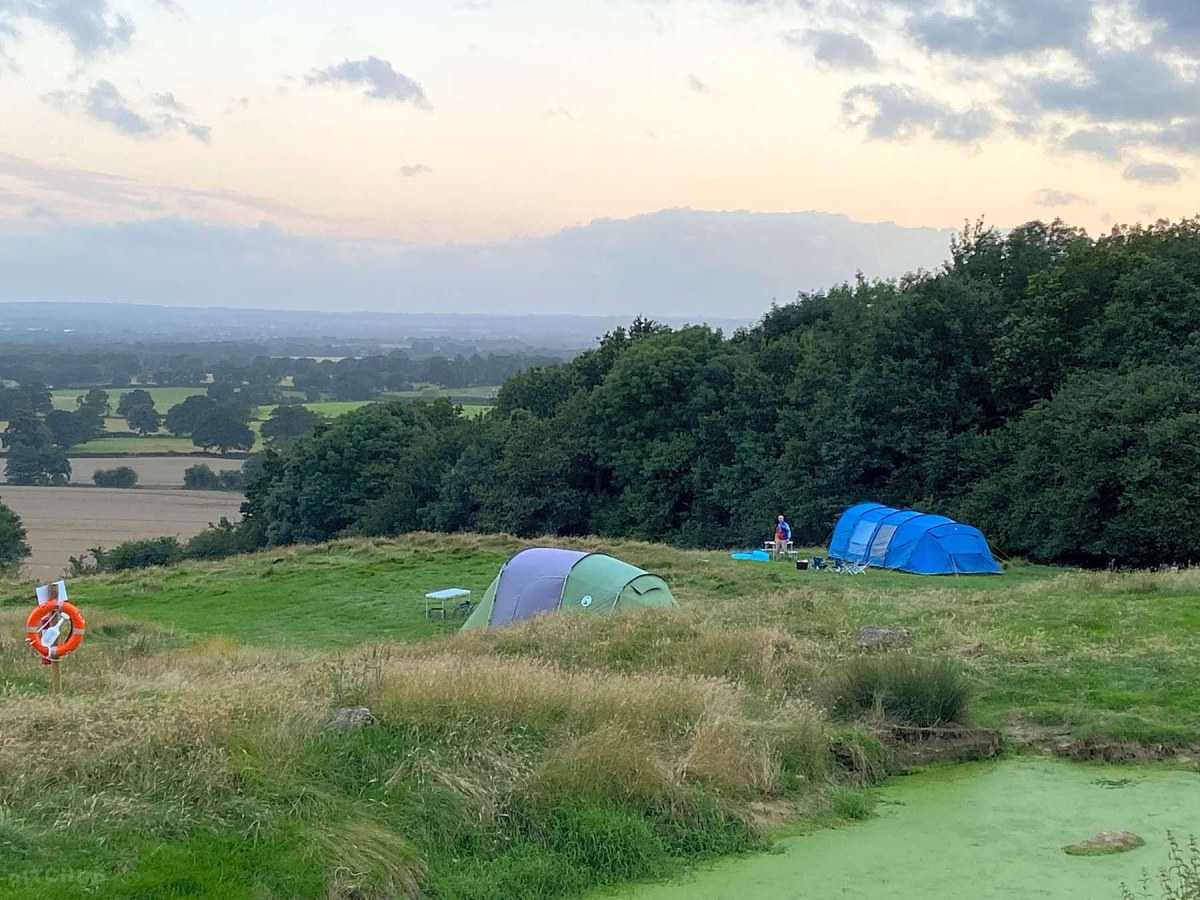Tunnel Tents
Talk a walk around any UK campsite and it won’t be long before you see a tunnel tent. This spacious and practical tent design is one of the most popular and comes with lots of benefits, but its popularity means that there are lots of models out there, making it hard to know what to look for. Luckily, help is at hand – keep reading to learn more about tunnel tents, their pros and cons and what to look for when buying one.

What is a tunnel tent?
Tunnel tents are constructed with arch-shaped poles that sit parallel to each other, slotting together to provide the skeleton for the fabric part of the tent. As the name suggests, these tents often resemble a tunnel and are longer and narrower than many other types of tent, although that doesn’t mean they’re short on usable space. Tunnel tents come in a wide variety of sizes. It is possible to find tunnel tents for just two campers all the way up to six- or even eight-man tents, making them suitable for individuals, couples or larger groups and families.
Pros and cons of tunnel tents
Tunnel tents are very popular, but they won’t be ideal for all scenarios. If you’re still undecided, use the pros and cons below to give you more information to help you make up your mind.
Pros:
-
The recognisable shape of tunnel tents means that you will have plenty of usable space inside, with near maximum headroom throughout. There won’t just be a small central part of the tent where you can get changed, pack and unpack your kit etc.
-
Many tunnel tents have a spacious vestibule area at the front, which can be used for storing equipment and boots or as a place for your dog to sleep close to the rest of the family.
-
Tunnel tents are easy to ventilate, as they generally have openings at both the front and back of the tent. This will help you to avoid condensation, and if there is any moisture build-up on the inside of the tent, the fact that it does not have sloping sides makes it much less likely that this will affect your night’s sleep.
-
Tunnel tents are good in the rain, as their round shape helps them shed water and moisture with ease.
-
Tunnel tents have fewer poles than dome tents of a comparable size, meaning that they often weigh a little bit less.
-
Tunnel tents are not particularly expensive and, if looked after properly, can last for many years.
Cons:
-
Tunnel tents are not always the easiest to set up. You have to deal with poles (which might be rigid or solid). In addition, they are not self-supporting structures and require guy ropes, which mean further time and effort.
-
Tunnel tents may not be the best in the wind. However, if pitched so that they are facing into the wind (rather than perpendicular to it), this won’t lead to problems in most scenarios.
-
If pitched incorrectly, or if one or more of the guy ropes comes loose, it is possible that the tent will sag in the middle and become more unstable.
-
Because of their shape, tunnel tents are not the most unobtrusive and so may not be the best choice for wild camping.

What to look for in a tunnel tent
-
Does it have a built-in porch? This can be a major asset, as you will most likely have a lot more headroom in a tunnel tent porch, meaning you won’t have to sit on the floor while you lace up your boots.
-
Does it have a sewn-in groundsheet? This is optional, but not having to peg out a separate groundsheet will certainly save you time when pitching a tunnel tent.
-
What is the seasonal rating? A four- or three-season tunnel tent might be worth investing in, even if you are planning on sticking to summer camping, as tunnel tents are often less stable in windy weather than other designs. This applies more for some tunnel tents than others, though, so check reviews if you’re in doubt.
-
How much does it weigh? While tunnel tents can be great for expeditions and are typically less bulky than dome or A-frame tents, some weigh more than others.
-
If you are hiking as a group and will be carrying the tent a lot, you might also want to look out for tents that can easily be split up when not in use, with one person carrying the poles and one person carrying each layer of the fabric part of the tent.
For a comprehensive run-down of features to look out for, check out our main tent buying guide.
Tunnel tent FAQs
Can I put up a tunnel tent on my own?
While tunnel tents require poles and guy ropes to pitch, it is usually possible to set them up on your own, even for larger units. If you are unsure where to start, try a practice run in your garden.
Should I choose a tunnel tent or a dome tent?
Both have their pros and cons. Dome tents are generally more sturdy than tunnel tents, but they also have disadvantages such as less containing habitable space. If you’re undecided, see our article on dome tents.
Are tunnel tents good in the wind?
Tunnel tents can cope with most wind conditions, but it is important to pitch them correctly, with all guy ropes secure and the tent facing into the prevailing wind.
Are tunnel tents good in the rain?
A tunnel tents will typically fare well in rainy conditions because of its arch-shaped roof, which helps moisture to quickly fall to the ground.
How much does a tunnel tent cost?
Tunnel tents are neither the cheapest nor the most expensive of tents. The most basic models start at £50 or less.
How big are tunnel tents?
It is possible to find a range of sizes of tunnel tents, with everything from small two-man tents that are great for hiking or expeditions to spacious eight-person tents for family camping trips.